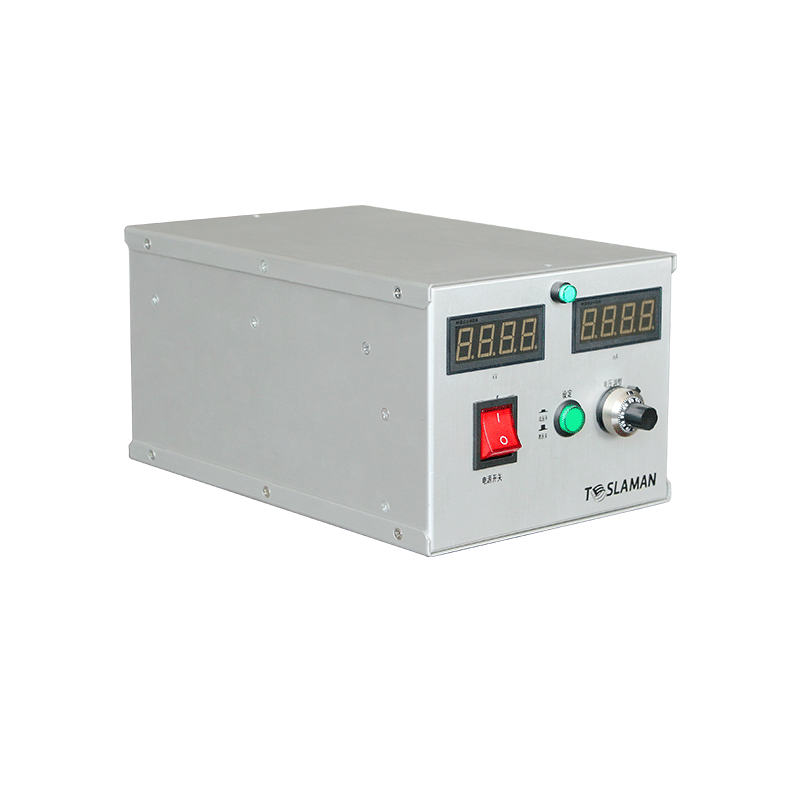Optimization of Mass Spectral Peak Profiles through High-Voltage Power Supply in Mass Spectrometers
As a cornerstone of modern analytical chemistry, the performance of mass spectrometers fundamentally relies on the coordinated operation of subsystems, where the stability and dynamic characteristics of high-voltage power supplies critically determine mass spectral peak quality. This paper investigates the intrinsic relationship between power supply parameters and peak profile optimization from an engineering physics perspective, proposing systematic solutions.
1. Influence Mechanism of High-Voltage Power Supply Characteristics on Ion Motion
Kilovolt-level DC or pulsed voltages from high-voltage power supplies for ion sources and mass analyzers directly govern ion kinetic energy uniformity. Theoretical calculations reveal that a 0.1% deviation in acceleration voltage increases time-of-flight (TOF) arrival time dispersion by three orders of magnitude. Ripple noise deteriorates peak profiles through dual pathways: fundamental-frequency ripple causes periodic phase shifts in ion packets, while high-frequency noise induces stochastic trajectory perturbations. Experimental data show that controlling output ripple below 0.02% enables mass resolution to reach 98% of theoretical values.
2. Dynamic Response Characteristics and Peak Distortion Correction
Modern multidimensional scanning modes demand microsecond-level dynamic response capabilities. In tandem MS (MS/MS) experiments, voltage switching delays exceeding 10μs result in 5 Da precursor ion selection window shifts. Implementing feedforward-feedback hybrid control architectures with GaN-based topological circuits reduces voltage settling time to under 2μs, ensuring temporal precision. For Orbitrap mass spectrometers requiring slowly varying electric fields, programmable gradient power supplies decrease ion oscillation phase errors to 0.01 radians.
3. Stability Control Under Multi-Physics Field Coupling
High-voltage power supplies face complex environmental interference: temperature drift alters resistor network parameters (requiring <5ppm/℃ temperature coefficients), and mechanical vibration induces contact potential fluctuations (<0.5mV). Distributed power architectures with adaptive compensation algorithms maintain 0.005% voltage stability from -20℃ to 60℃. For field emission ion sources, specially designed negative high-voltage supplies achieve 10^12Ω output impedance, effectively suppressing discharge microcurrent impacts on weak signal detection.
4. Evolution of Intelligent Control Strategies
Machine learning-driven control methods are transforming traditional power supply design. By establishing voltage-peak width mapping databases and training neural networks to predict optimal operating points, mass axis shifts decrease from 200ppm to 20ppm in complex matrix analyses. Digital twin technology enables real-time closed-loop optimization between power parameters and instrument states, experimentally proven to enhance isotopic ratio measurement precision by two orders of magnitude.
Conclusion
As the energy core of mass spectrometers, breakthroughs in high-voltage power supply performance will continue pushing the boundaries of mass spectrometry. Future development should focus on wide-bandgap semiconductor applications, multivariable cooperative control algorithms, and quantum-limited noise suppression technologies to achieve sub-ppt detection limits.




















